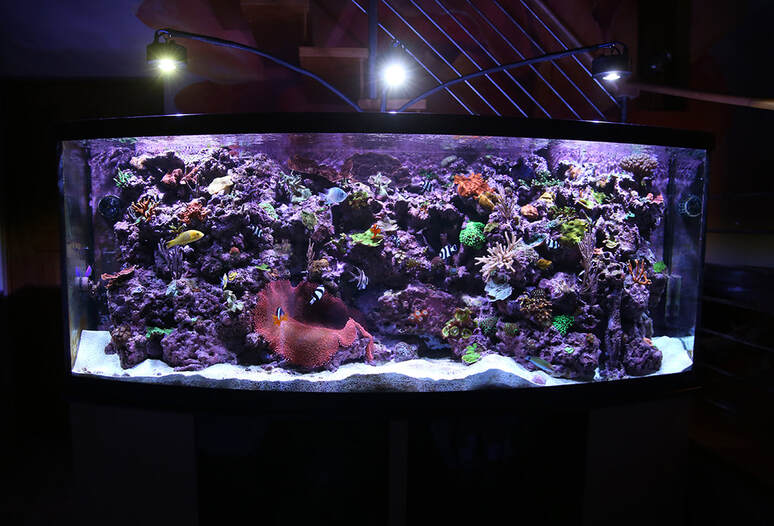 Saltwater reef aquariums are a popular and rewarding hobby that allows hobbyists to create their own little slice of the ocean in their own home. These aquariums are home to a diverse array of colorful and fascinating marine life, including fish, corals, and invertebrates. Starting a saltwater reef aquarium can be a daunting task, but with the right knowledge and planning, it can be a rewarding and fulfilling experience. Here are some key things to consider when setting up a saltwater reef aquarium:
Overall, starting a saltwater reef aquarium can be a challenging but rewarding hobby. With the right setup and care, you can create a thriving and beautiful aquatic environment that will provide enjoyment for years to come. For more information about equipment and additives visit: Reefkeeping Tips
0 Comments
Leave a Reply. |
Categories
All
AuthorBrian Hale has enjoyed 25+ years of dedicated involvement in the reefing community. His commitment to research and extensive hands-on experience makes him an invaluable source of expertise within the reefing hobby. |
Buy Corals Online: TheCoralFarm.com
Aquacultured Corals - Fast Nationwide Shipping USA
1-800-254-4253
Aquacultured Corals - Fast Nationwide Shipping USA
1-800-254-4253
 RSS Feed
RSS Feed
